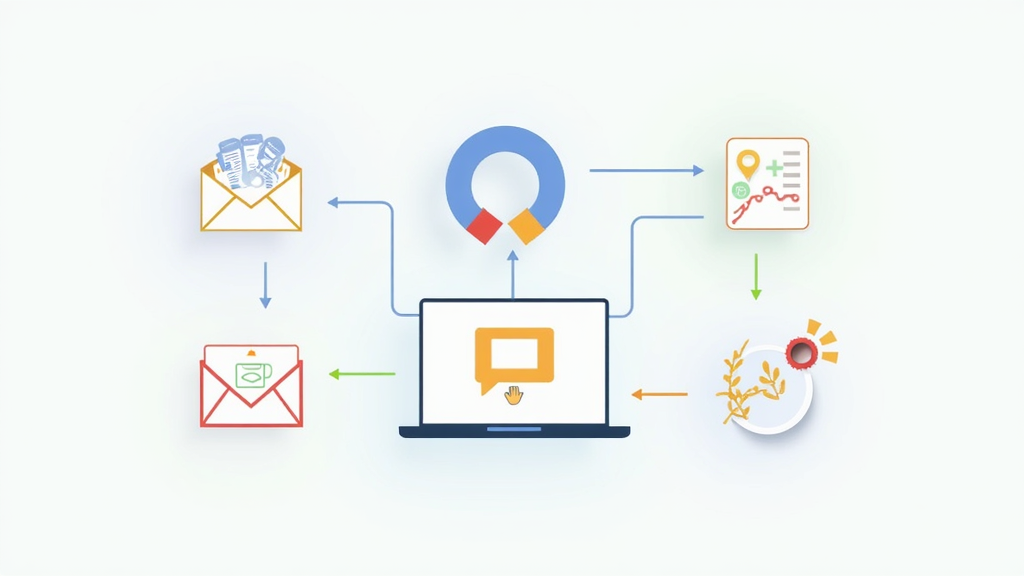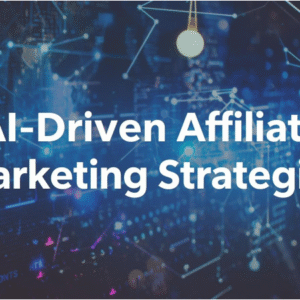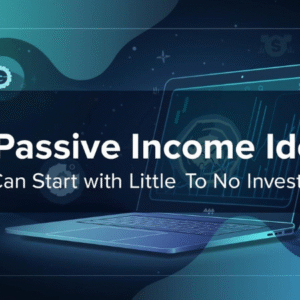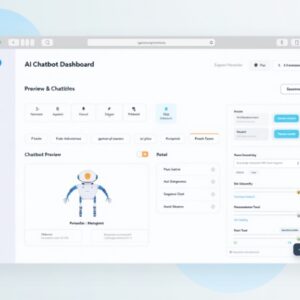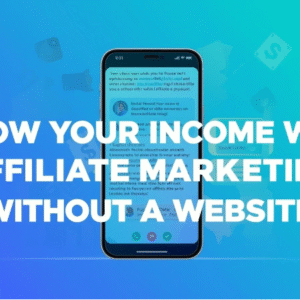Lead generation marketing is one of those topics that pops up everywhere in business circles, and for good reason. It’s the backbone for finding new customers and growing a brand, whether you’re a solo entrepreneur or a big company. The cool thing about lead generation is that there are so many ways to do it, and each has its perks. In this walkthrough, I’ll go over the different types of lead generation marketing, my picks for the most effective approaches, and a bunch of handy tips for anyone looking to build up a steady stream of leads.
Turn Your Passion into Earnings
Get the Tools, Training and Support you need. All in One Place
Join a a Vibrant and Global Community of
Marketers and Entrepreneurs from Around the World
Types of Lead Generation Marketing
There’s no one size fits all approach to lead generation, so understanding your main options is a smart starting point. Here are some well known types and the basics of how they work:
- Content Marketing: Creating valuable blog posts, eBooks, videos, or infographics that attract people to your website. Leads are gathered when people sign up for a newsletter, download a freebie, or request more info.
- Email Marketing: Reaching out with personalized emails to people who have shown interest in what you do. This could be newsletters, special offers, or a welcome series that nudges folks to become customers.
- Social Media Marketing: Using platforms like Facebook, LinkedIn, or Instagram to connect, get involved, and drive people to your signup page or landing page. Social ads and organic posts both play a part here.
- Search Engine Optimization (SEO): Making your website easier to find on Google and other search engines. When people search for something related to your business, strong SEO gets you seen, and good pages turn those visitors into leads.
- PayPerClick (PPC) Advertising: Running ads on Google, Bing, or social sites where you pay for every click. Ads are targeted to specific keywords or user behaviors to attract warm leads fast.
- Referral Marketing: Encouraging happy customers or clients to refer others to your business, often with a reward. Wordofmouth still packs a punch.
- Webinars and Online Events: Hosting digital meetups, howto sessions, or workshops. Participants provide their email to attend, turning event signups into qualified leads.
- Cold Outreach: Direct calls, emails, or messages to people or businesses you think could be interested. While it’s old school, it works when done respectfully and with a smart game plan.
- Lead Magnets: Offering something valuable (like a free trial, checklist, or template) in exchange for contact info.
- Landing Pages and Forms: Optimized web pages designed specifically to capture visitor info, usually through a quick form tied to a compelling offer.
Each type has its own strengths, so many marketers mix and match a few methods to keep the funnel stocked with both quantity and quality leads.
It’s also worth mentioning that as businesses grow, they can add new approaches. For example, a company might start with simple email marketing but later mix in webinars or paid ads after seeing some traction. Experimenting with new tools and tactics can help adjust your strategy for better results.
What is the Best Method of Lead Generation?
Choosing the “best” method depends on your business, your audience, and your resources. In my experience, the most effective strategies usually combine two or three tactics that complement each other.
If you’re looking for strong longterm results, content marketing paired with SEO is super important. Highquality guides or howto posts help you show up in search, while offering something useful in exchange for contact details, like a free resource or consultation, helps turn those visitors into real leads. This process may take some time to build momentum, but it pays off by attracting folks who are already searching for solutions.
If you need results faster, PPC and paid social ads work really well. These let you target very specific groups and measure results quickly. The downside is that ads cost money and stop working as soon as you stop paying, so it’s good as a boost instead of your only longterm plan.
For B2B companies, LinkedIn outreach and webinars can generate leads that are pretty targeted. Webinars let people get to know your expertise and build trust, making it easier to convert them into actual clients or customers.
Mixing these up, like publishing valuable blog posts, followed by an email drip campaign, and retargeting visitors with ads, is one of the best ways to cover your bases and get a steady stream of leads.
Here’s a quick cheat sheet to help you pick:
- Have time and content skills? Double down on content marketing and SEO.
- Want fast results and have an ad budget? Try PPC and social ads.
- Focusing on business clients? Use webinars and platforms like LinkedIn.
- Already have happy customers? Set up a referral program.
Don’t forget to monitor your results. Tools like Google Analytics, HubSpot, or even simple spreadsheets can help you track how new leads find you. Keeping an eye on this info makes it easier to spend your time and money where it matters most.
Fun Facts About Lead Generation Marketing
- The average conversion rate for lead generation landing pages hovers around 2-4%, but really welloptimized pages have been known to reach 10% or more.
- About 61% of marketers say generating traffic and leads is their toughest challenge.
- “Lead magnets” like checklists and ebooks are most popular among small businesses, while large companies lean toward webinars and industry reports.
- LinkedIn is considered the best social network for B2B lead generation. Over 80% of B2B leads from social media come from LinkedIn.
- Companies that regularly nurture leads with email see 50% more salesready leads at a 33% lower cost.
Lead generation trends are always shifting. As new technologies and platforms pop up, staying sharp and testing new ideas can keep your business ahead of the pack.
Recommended Products That Can Help With Lead Generation
- Building a StoryBrand: Clarify Your Message So Customers Will Listen by Donald Miller– This book offers practical advice on crafting messages that attract and convert leads.
- Invisible Selling Machine by Ryan Deiss – A guide for automating your lead generation and marketing efforts.
- $ 100M Leads How to Get Strangers To Want To Buy Your Stuff – by Alex Hormuz – A fundamental marketing guided packed with valuable advice.
- Marketing Made Simple: A Step-by-Step StoryBrand Guide for Any Business – by Donald Miller – practical guide that provides useful information, with practical exercises.
A strong lead generation toolkit might also include CRM software, simple landing page builders, analytics platforms, and engaging design tools for creating your own lead magnets.
Key Takeaways
Lead generation marketing comes in many forms, from writing useful blog posts and running ads to holding webinars and asking existing customers to spread the word. The best method is the one that fits your audience, your strengths, and your resources. Trying a few in combination usually works best. Quality content and smart follow-up are really important for turning casual interest into actual leads, while things like paid ads can give you a boost when you need results more quickly. Regularly reviewing performance and being open to new methods can help you stay competitive over time.
Looking for a training platform that actually works?
I’ve put together a full walkthrough of the affiliate marketing training that helped me build everything I have today. It’s practical, beginner-friendly, and you can try it out for free to see if it suits you.
Take a look at my honest review and see if it’s the right fit for you.
FAQ
What exactly qualifies as a “lead” in lead generation marketing?
A lead is usually someone who shares their contact info and shows interest in your service or product. This could be by signing up for a newsletter, downloading a free resource, booking a call, or requesting a quote.
How do I know which lead generation method is right for my business?
Check where your target audience spends their time and what kind of information they need. If you offer B2B services, LinkedIn or webinars often work well. For consumer products, blogs, social media, and email are great places to start.
Do I need special tools for lead generation?
You don’t need anything fancy to start, just a simple web form and email tool can be enough. As you scale up, platforms like HubSpot, Mailchimp, or Leadpages help automate and manage your leads more efficiently.
How can I nurture leads so they actually convert?
Follow up with helpful content, answer their questions, and make it personal. Regular email updates, free trials, and gentle reminders help move leads through your sales process.
Are paid ads really worth it for lead generation?
PPC can be effective for a quick boost in leads, but ad costs can add up. It’s best used alongside content and organic tactics. Testing different ad copy and landing pages helps improve results.
Wrapping Up
Lead generation marketing isn’t limited to just one strategy. There are lots of options from writing content and improving your website’s SEO, to paid ads, referral programs, and outreach, so you can pick and blend the methods that best suit your audience. Finding the right balance and sticking with what delivers results will put your business on a solid track for growth and a healthy new customer pipeline. As you explore your options and adjust to new trends, remember that flexibility and consistency are both key for long-term success in lead generation.
Let’s make it happen!

